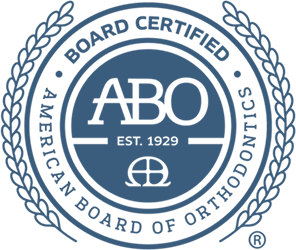Braces have become increasingly popular over the past few decades, with the number of Americans getting braces more than doubling since 1982. According to the American Association of Orthodontists, about 4 million Americans wear dental braces now.
But concerns about poorly-aligned teeth and attempts to correct the problem go back to antiquity. Egyptian mummies have been found with gold bands and catgut wiring around some of their teeth, which researchers speculate were used to correct dental gaps or other cosmetic problems. However, modern-day braces originated in the 18th century and credit for their development can be shared by more than one pioneer.
Early Pioneers
Pierre Fauchard
Pierre Fauchard (1678-1761) was the first dentist to keep dentures in place by anchoring them to molars—a technique that would become a key principle of modern braces. He also made other contributions to the evolution of braces, including a horseshoe-shaped strip of metal called a bandeau. This contraption contained regularly spaced holes that fit around the teeth to correct their alignment. Another of his inventions was a forceps-like device he called a "pelican" that was used to forcibly realign teeth, which were then held in place by tying them to adjacent teeth.
J.S. Gunnell
Orthodontic headgear that is often used with modern braces can be traced back to 1822, when J.S. Gunnell invented the "occipital anchorage". This device anchored to the top and back of the head at one end, attached to the jaw at the other, and utilized the resulting resistance to exert gentle pressure on the teeth.
The 20th Century
Early 1900s: Metal Brackets
In the early 1900s, Edward Angle (1855-1930) invented various tools and appliances to help standardize orthodontics, which previously relied on custom-made tools for each patient. His metal bracket invention, called the “edgewise appliance”, is often considered the basis for today’s braces.
1970s: Special Dental Adhesives
Throughout much of the 20th century, braces consisted of brackets anchored to wires wound around each tooth. It wasn't until the invention of special dental adhesives in the 1970s that brackets could be anchored directly to the surface of teeth, which remains standard practice for traditional braces.
1997: Invisalign®
The next big breakthrough came in 1997, with the invention of clear plastic retainers known by the trade name "Invisalign". This process uses a series of removable retainers to gradually shift teeth into their desired positions.
A Straight Smile Is within Your Reach!
At Stroope Orthodontics, we offer Invisalign, traditional metal braces, translucent ceramic braces, and accelerated braces. To find out which option is best for you, contact us today to schedule a consultation. We look forward to helping you feel and look your absolute best!





